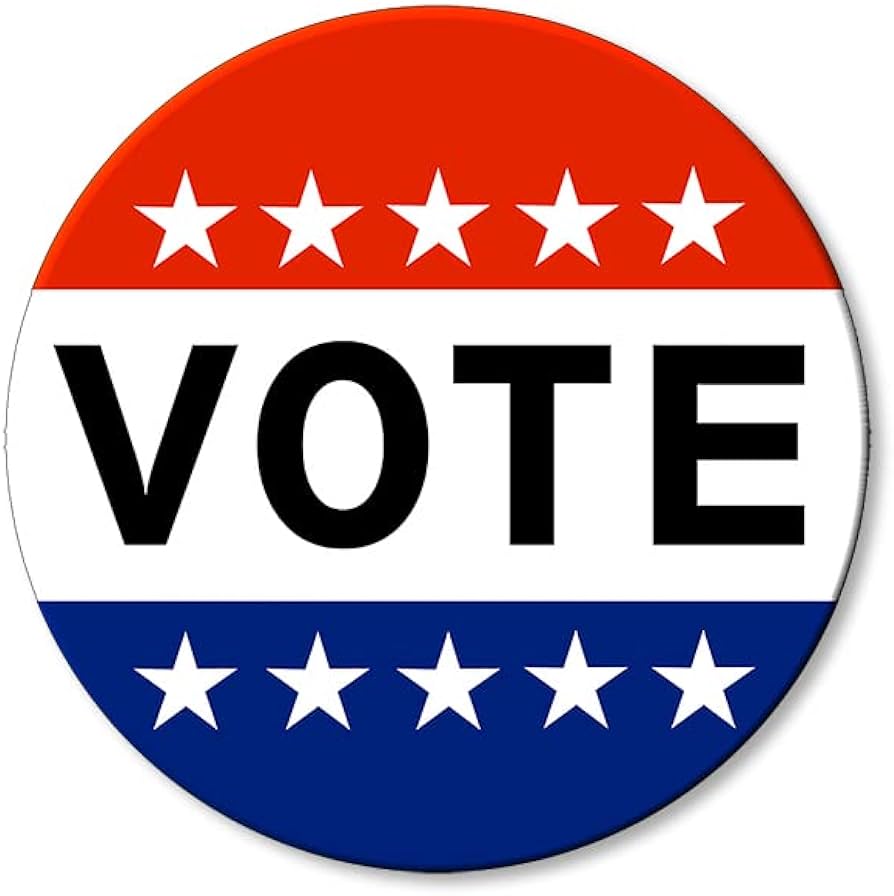Republican Sen. Ron Johnson won reelection in 2022 in Wisconsin by just over 25,000 votes — the latest slim-majority victory in the state, which gave its 10 Electoral College votes to former President Donald Trump in 2016 with a victory of 22,000 votes and then flipped to President Joe Biden in 2020, who won the state by around 20,000 votes.
But despite the state’s history of winning elections on the margins, Republicans dominate the state legislature, with 64 Republicans and 35 Democrats in the Wisconsin Assembly. The groundbreaking ruling in late December by the Wisconsin Supreme Court throwing out the GOP-drawn district lines could threaten that control — and change the state’s political landscape.
Though Republicans told the Milwaukee Journal Sentinel that the U.S. Supreme Court will have the “last word” on the matter, now hinting at taking the fight to defend Wisconsin’s electoral maps, which have consistently favored the GOP, to the higher court.
They rejected the map for having districts which are not contiguous, which violates the state constitution. That would be a pretty straightforward issue, if it weren’t for the fact that the state constitution also requires districts to follow local civic boundaries, and unfortunately, those boundaries produce areas that are not contiguous.
Theoretically, that means the US Supreme Court should not have a say in this since the decision is one based purely on the state constitution, not any federal issues. It would take a considerable leap of logic for the US Supreme Court to justify intervening in the case.
But what’s really frustrating is that this map should be rejected for partisan gerrymandering. It’s obvious, it’s what we all actually care about, and the republicans have admitted they drew the map specifically to get the biggest possible advantage, which they justify by pointing out that “it’s not illegal.” Of course, by not illegal, they mean the US Supreme Court has refused to rule that gerrymandering is unconstitutional because it was deemed to be a political question. So, even though it is effectively no different than passing a law that makes votes for one party get counted twice, courts can only intervene to protect the basic functioning of democracy when there is a technicality like this, or if it’s specifically along race lines, since that would violate the voting rights act.
Mostly correct. However, race is not only protected by the VRA. Equal Protection applies to multiple protected classes. Theoretically, for example, a gender-based gerrymander would also be illegal - it’s just also practically impossible to do. So would religion-based.
This is the best summary I could come up with:
The groundbreaking ruling in late December by the Wisconsin Supreme Court throwing out the GOP-drawn district lines could threaten that control — and change the state’s political landscape.
The 4-3 ruling, issued Friday, deemed the current GOP-drawn lines unconstitutional and cites a violation of the state constitution’s requirement of “contiguous territories” in districts.
With a potential shift to a more evenly divided legislature, the new map could hold implications for key issues such as abortion, previously rejected by Republicans for inclusion on the 2024 ballot.
Evers, who has largely relied on his veto abilities to block the Republicans’ agenda throughout his tenure, said in a statement: "It’s clear to me that a Republican-controlled Legislature that has consistently gerrymandered itself into comfortable, partisan majorities for more than a decade is incapable of preparing fair, nonpartisan maps deserving of the people of this state.
According to Mark Gaber, senior director at the Campaign Legal Center, a nonpartisan group that seeks to curb partisanship in redistricting, a new map will likely not heavily favor either Republicans or Democrats.
And while Democrats are celebrating the redrawing of the state’s district lines, Gaber said the ruling should be viewed as a win for both parties because the new map will be “more representative of the true electorate,” which he noted as deeply purple.
The original article contains 858 words, the summary contains 218 words. Saved 75%. I’m a bot and I’m open source!
deleted by creator



